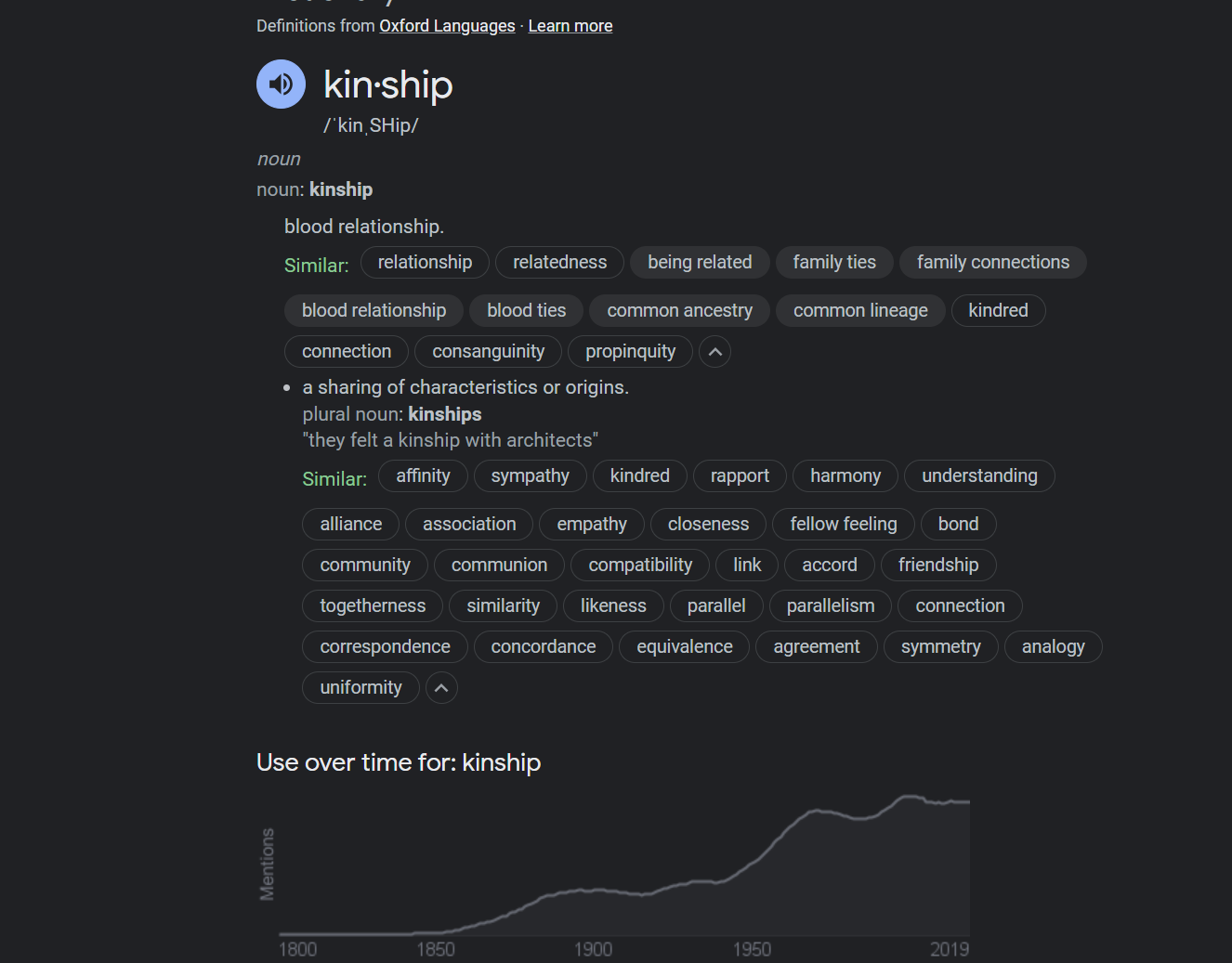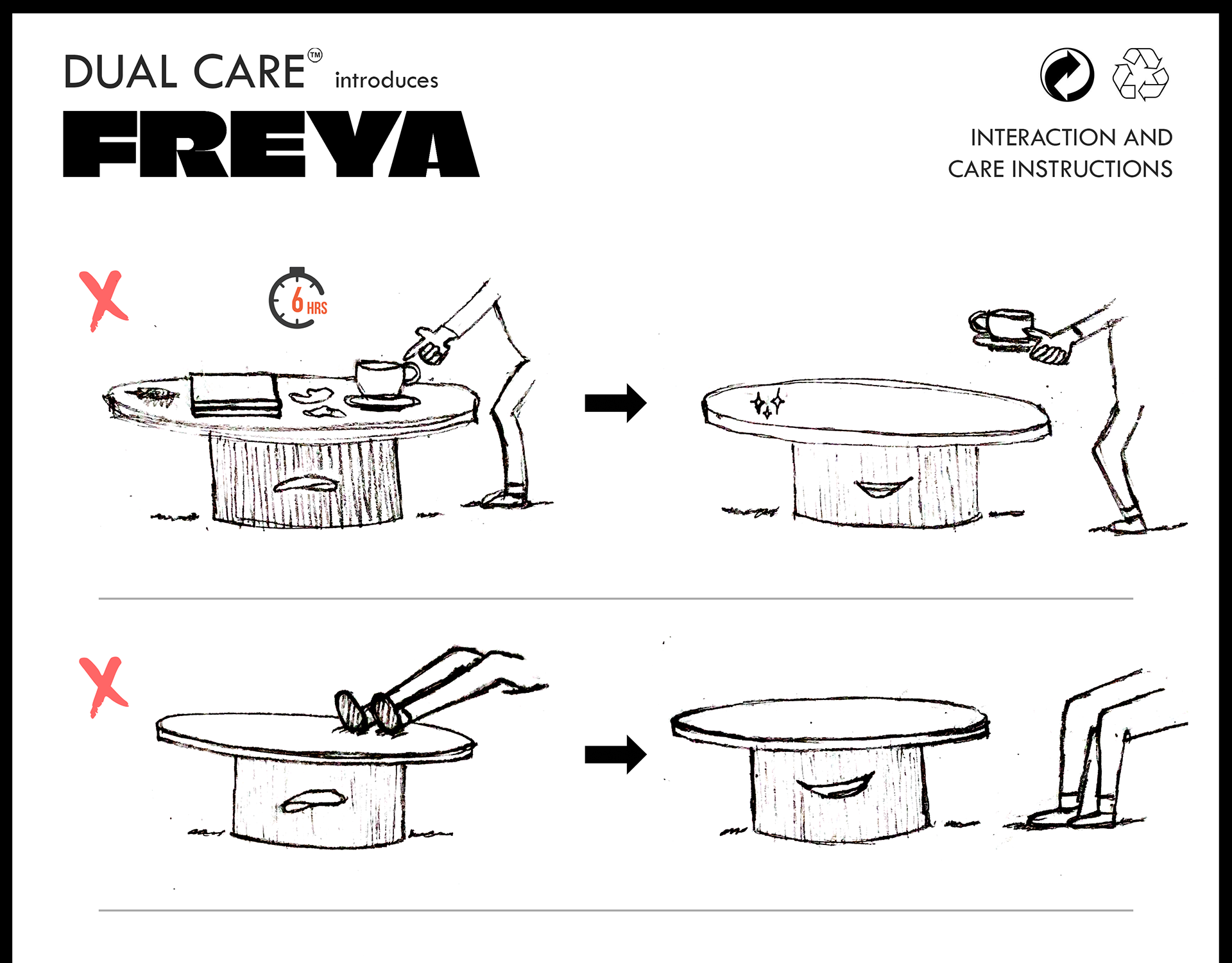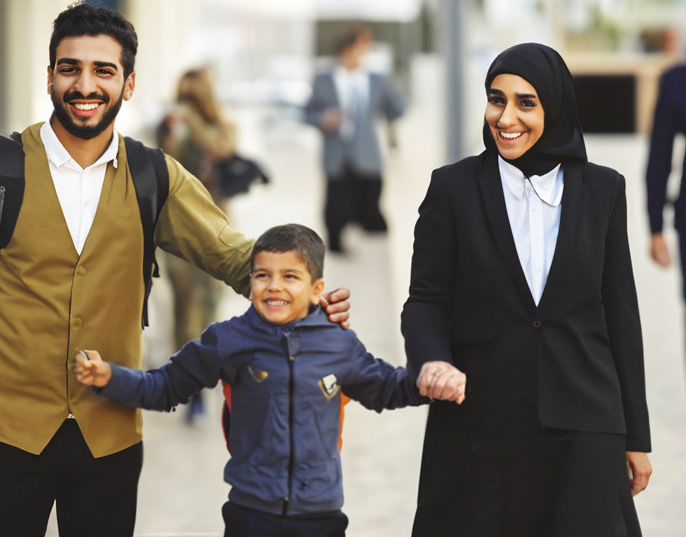This Photograph Talks
Summary
In simple terms, my guide is an interview with a photograph, hence the title 'This Photograph Talks'. It allows for people to understand what a photo is and what to expect from it. We generally try to project specific ideas onto photography, so the critical stance of the guide is in the form of negating all these different perceptions of what we expect from photography. This brings the audience to the realization of accepting photographs for what they are and realizing their limited affordances.
The brilliance of the guide form makes the audience step into the photograph's field of view (no pun intended), and gives me the opportunity to narrate the research I did as the conversation of the interview. But since it is also a literal photograph talking, the discourse adopts a lighter tone despite the sadness expressed by the photograph in the interview for its misinterpretation. This approach delivers the material of the research in a light-hearted and charismatic manner.
EXPERIENCE OF THE GUIDE
I initially wanted the interview to be hosted on a website, and to have a webcam placement in the 'canvas' of the photograph that would slowly unblur throughout the interview (just like how a polaroid would develop), only to show the webcam person reflected in the photograph with an illustration of a hand carrying a camera lens in the end. The idea behind this was to show that a photograph is a reflection of the photographer's perspective on the subject depicted. Although I was partially successful in doing so, I faced some difficulty in adjusting and timing the blurriness effect for the webcam, and also had some trouble with loading the webcam placement as soon as the interview started. As a result, I decided to present the interview without the webcam addition (not yet anyway). This decision also came about through Sarah's previous feedback, where she expressed how she thought my message through the interview's dialogue was clear enough, and did not require the webcam addition for it to be further emphasized. I still am inclined to incorporate the webcam addition at a later time, just because I personally find it cool!
More about the initial concept of experience for the guide can be read in Week 5's blog.
The final concept of experience I landed on for the presentation was the following:
1. You get a polaroid photo with a QR code saying, This Photograph Talks.
The polaroids are considered easy marketing tools to distribute.
2. You scan the QR code, and it sends you to the video through YouTube.
3. You click play – the interview starts.
2. You scan the QR code, and it sends you to the video through YouTube.
3. You click play – the interview starts.
distributable Polaroid with scannable QR code
What sparked the choice of this form for the guide
There were two factors that led to the choice of the interview as the form for the guide:
1. The first was a conversation I had with Sarah. While we were discussing different critical stances regarding my topic, she said a line that inspired the form I wanted to explore - "What do we want from a photograph? What do we expect from it?" This question spiraled an idea in my head - how about we interview the photograph for its own opinions? More can be read about this in Week 4's blog.
2. The famous metaphor of "A picture is worth a thousand words." I was keen to hear what it has to say. When I tried to consider a different form for the guide, I found that I would be losing the idea of giving a channel or voice to something that is only a visual metaphor and never heard.
Inspirations for the guide
When I looked up to see if object interviews were even a thing, I was surprised to know that such a concept already existed. Looking into some examples, I came across three main inspirations for my approach to the guide, as well as the kind of questions to be asked as part of the script/dialogue:
1. Podcast: 'Everything is Alive' (my personal favorite inspiration)
Everything is Alive is a podcast that interviews non-living objects. Episode 15: 'Connor, Painting' is probably the most one that closely resembles similar viewpoints to that of a photograph, as it discusses how President William Howard Taft's portrait feels hanging on a wall at a museum gallery, and what he thinks of the visitors' own perceptions of him.
2. Project: 'Object Interview'
Another project that revolved around narrating and voicing the perspective of objects using the medium of short films. The below video of the chairs' interview led me to think more about the context of the photograph's physical body, and if I wanted to utilize that to the advantage of the narrative I was relaying. This led me to think about the webcam addition mentioned above.
3. Guide: 'Interview with an object - What would this object say if it could talk?'
Provided by University at Buffalo, the questions mentioned in this document provided a starting point of what to think of the guide and how to arrive to the interview questions. It helped construct the interview by defining the character of the object.
More of the inspirations can be found in Week 4's blog.
Trail of Research: How I ended up with the content for the guide
Main trail of research
Since the topic 'Photo Albums' seemed very shallow in the beginning, I first tried to do some research of it in the context of 'kinship', which was also my thematic cohort group. I found myself diving into sub-topics relating to relationships and relative resonance to subjects depicted in photographs (whether people or objects). Through my analysis of involved stakeholders, I leaned into learning more about how historians and archivists examine and study social relationships from old photographs to construct historical narratives.
Also, an activity we did during class with my thematic group involved noting down at least 20 questions related to 'kinship', and resulted with an intriguing question (which I think Rocky came up with): "What meaning could kinship represent in the future besides what it means now?" This question spiraled another branch of my thought process, and led to sub-topics revolving around A.I in relation to photos, and specifically A.I's ability to recreate any photo along with the kinship depicted in it.
Meanwhile, throughout my entire research, I often had floating ideas that were more explorative and experimental in nature. With Sarah's encouragement, I decided to try to explore the concept of generating similar images to existing photos using A.I, and attempt to collage them to highlight perhaps hidden aspects. During a CritEx Jam Session, Jamie and Amber proposed what if people/users wanted to use A.I to change their history or better process a painful memory. This led me to apply a different twist on my exploratory making, where instead of just regenerating the subject exactly the way it was photographed, I generated alternative narratives of their difficult moments (exploration can be found here). This exploration brought me lots of pain, and made me further explore if using A.I for the reconstruction of painful past memories/histories would deem beneficial. Regardless of how I looked at it, I felt that changing or reconstructing history would be an ethical issue on an individual level and on a collective level, and believed that no matter how terrible our history is, it still shapes us into who we are today.
detailed trail of research (system's map) before brian's interview (click to expand)
Founding myself in a rabbit hole, I sought for help. Ryan and Jaiden suggested to discuss lighter content, and through my talk with Sarah and her much appreciated advice (which can be read more about here), I found myself steering away from presenting the heavy content due to my unreadiness in discussing political stances. Through these conversations, I realized what I did not want my guide to include, and that it could entail much lighter content - I just had to find it. I was convinced my interview with Brian would make matters clearer for me, and I was right. He changed my entire perspective on the topic.
In my interview with Brian, he discussed how he practiced photography as a hobby and explained his thesis, which revolved around photography and lost memories. I found his thesis project to be a very beautiful culmination of his own research. He also discussed several relevant points including:
1. What memories are - are they a recollection of an event or its documentation through photos?
2. How we are letting go of our own reliance on our memory by taking photos of every moment with the fear of forgetting it
3. How our recollection of memories change over time in contrast to the static photographed moment
4. How constructing narratives out of photographs could be biased because they are limited with the information they hold
5. How photographs are just a snapshot of one moment
6. Perhaps memories should be enjoyed the way we remember them
7. And much much more...
The full interview recording can be found here.
My interview with Brian made me rethink my entire approach. From viewing history and memories being documented using photography, to a completely opposite perspective of how photographs actually do not represent a full point of view, and how our memory of an event never matches what a photograph stores. To further understand the critical stance I wanted to take, Jonny held an intense session of 'The 5 Whys Method' with me. The notes taken from this session can be found here.
REFLECTIONs
What I learnt:
I learnt that having conversations with people not only helps me clear out my thoughts and stances, but also makes me susceptible to different perspectives or ideas I may not generally consider. And although this may be an obvious sentiment, it is quite different to experience it firsthand in a community that is eager to share and learn from each other.
I also learnt to be flexible with the direction an interview discussion takes of a certain topic. The more flexible I am, the higher the chances I might discover a branch in my system’s map that I was completely unaware of and oblivious to. I might also better understand a certain system I thought I understood clearly.
My critical stance or content could change drastically through my trail of research, so far as to even transform into a completely opposite stance.
I also learnt that it is okay to acknowledge that you may not be ready to discuss certain topics, whether because I am emotionally not ready for it, or because I fear I may not have enough research. This does not mean that I will never discuss these certain topics. They can be a work in progress or can be side-tracked for another time to be picked up.
FEEDBACK RECEIVED AND REFLECTIONS ABOUT THAT:
Mishka: Heavy topic imbued to melancholy mood, but hopeful. A series of other inanimate objects that are considered mediums, adventures/chronicles of photographs for children. Potential for expansion. Beautiful journey!
Praise: Beautiful, on the verge of tears. Spoke to the beauty of ephemera and archiving, the ways people engage with photographs. Personified photograph character led to thoughts of the ways we delete photos and our relationship to that, editing, and cutting people out of photos. Or even physical photos collecting dust, and the emotions associated with that. The power we can project onto photos. Photos are concrete, but the story around them can change. Pulled the topic together in a beautiful, almost playful way. What the camera would think? Or the chemicals that develop the photos might think?
Sarah: Recently found an artist who projected videos over still photographs to invoke similar concepts across time – would love to see how that might fit into your explorations, and sharing here because it feels related to many of your projects, actually. Retracting and editing previous viewpoints within such a temporal experience is such a thoughtful addition - I want you to dig into what that means metaphorically. It feels connected to the photographs, again. A snapshot being recognized as an incomplete, still picture of a muddy, evolving time.
Others from the class: Most people found themselves immediately empathizing with the photograph, its experiences, and emotions, almost on the verge of crying or tearing up.
My reflection: I am generally surprised by how fondly my guide project was received. I also did not expect many people to immediately and very emotionally empathize with the photograph, so this was certainly a delightful result, but a result that I was also hoping for. I just did not think it would be influential to this extent - the sad, yet entertaining tone resonated quite well. I can definitely also visualize how this can be continued to become a series, whether photography related, medium related, or generally inanimate objects related. I am also very glad that my message and critical stance was delivered successfully, as evidenced by Praise’s feedback. I find Sarah’s feedback to be very valuable, especially since she highlights a topic I touched briefly in my research, but did not continue through with. Considering this is a topic that already interests me, I would like to explore more about editing perspectives from still snapshots to invoke perhaps temporal experiences of a similar or different critical stance. I am also waiting for Sarah to share about the artist she mentioned with me – probably will remind her soon.
what i might do differently in terms of process or content:
I would like to incorporate the webcam addition mentioned above. I would also like to explore and experiment with videos, and/or reconstructing or retelling narratives through photography using AI. I feel like my previous exploration is yet a work-in-progress.
THOUGHTS ABOUT RESEARCH AND EXPERIMENTATION:
I think I get excited a lot more with experimentation in comparison to research (especially if it is an idea that excites me to explore), however I always find myself resorting to research most times. I am not sure whether I do this because I always expect perfectionism out of experimentation, or because I do not value my own experience from experimentation as a valuable or credible research methodology. I often find myself needing encouragement to go ahead with experimentation as a result. I would like to focus more on experimentation, and after my last exploration, I think I have already learnt how valuable it can be in investigating the affordances versus limitations of a particular topic of interest.







